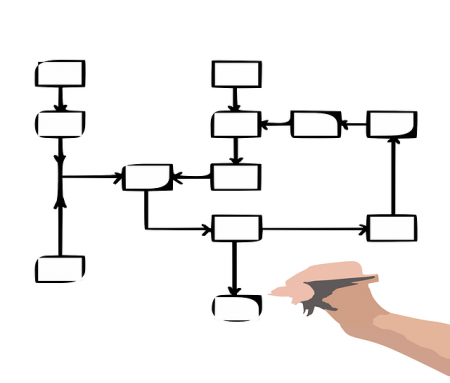
When Is ‘Good’ Good Enough?
We’ve all heard the term MVP.
Most Valuable Player? How about Minimum Viable Product.
MVP – Minimum Viable Product
We hear crawl, walk, run, and even iterative development, and they all focus on the same basic concepts: building solutions with the end goal in mind but also breaking down the features to deliver in a phase-based approach. The way this works is to address the largest value-added features (the ones that move the needle) first and then quickly roll this out to customers to gather and measure results. At its core, this is the MVP mindset.
The minimum viable product approach allows you to learn and understand how your customers use and leverage new facets of your experience. Often, you will probably find that adjustments are necessary along the way, and you might even need to remove functionality that you once thought added value. There are even cases where you find the solution that you thought would be a guaranteed winner ends up detracting from the customer’s experience. While our ego might prevent us from admitting failure, MVP allows us to ‘cut the cord’ early on and optimize friction points rather than continue to waste resources on a losing strategy.
Setting Priorities
We all face challenges when developing solutions, and probably most often they focusing on edge cases instead of the majority. Essentially, the infamous 80/20 Rule applies here: 80% of time and effort is spent to only realize about 20% of the total benefit when solutions are focused on edge cases or perfection.
In today’s challenging economic environment, how then do you set clear priorities and work within very tight budgets to optimize experiences across every channel?
- Clearly identify the problem you are trying to solve. Understand exactly what the issues are with your current solution. In some cases, you don’t need to re-invent the wheel. Minor tweaks can sometimes have the largest benefits compared to monumental rewrites or major enhancements.
- Is there demand for what you are building? Aka, does your customer even care? Too often, companies spend enormous amounts of money building solutions customers could care less about. First, focus on the customer and improving their brand experience. “What’s in it for them?”.
- Understand (informed by analytics and knowing your customers), which features can be left out of the MVP. There may be current features that are not leveraged by a majority of customers and these can cause issues by confusing customers or making the experience too complex. Simplifying the experience by removing friction and oft-neglected aspects often has very positive impacts on the overall experience.
- Set clear goals – How do you know if the project is successful? What defines success? What drives value? Setting a budget and delivering on time within that budget is an accurate success metric. Set clear customer and financial goals on how a solution will deliver value and contribute to the bottom line. Take a baseline measurement on where you are today and then measure frequently as it sometimes takes time to recognize improvements.
- The Big Bang Theory is a great TV show (which I am sad to see end after 12 great seasons), but not a recommended approach to building software. Implement small and frequent changes. This approach allows you to understand many things.
- Is what you built addressing the problem? If the answer is no, it’s alright: you have not invested a massive amount of time and resources to learn this, and you can course correct as needed early in the process.
- You can measure each element to understand which feature added the most benefit. At the end of the day, being able to understand which of the features you implemented is most impactful is critical. Not to mention, if there is something that had a negative impact, it may not be as visible to enable easy identification and correction.
- Probably the most important: you will recognize when the solution is “good enough” and that it is meeting the objective. This is the core of MVP, and when realized, allows you to move on to other priorities that will deliver additional value. Benefits realized is a hockey stick. Subsequent functionality typically adds minimal value compared to the key functionality you installed in the beginning. Stop the investment when your value planes out and repurpose your resources to other initiatives, or at least reduce staffing to deliver the remaining features.
At the end of the day, clearly prioritizing and defining your business needs will help to keep the team focused and working towards common goals. It will maximize your budget to deliver the best return, and, most importantly, deliver value to your customers and shareholders.
